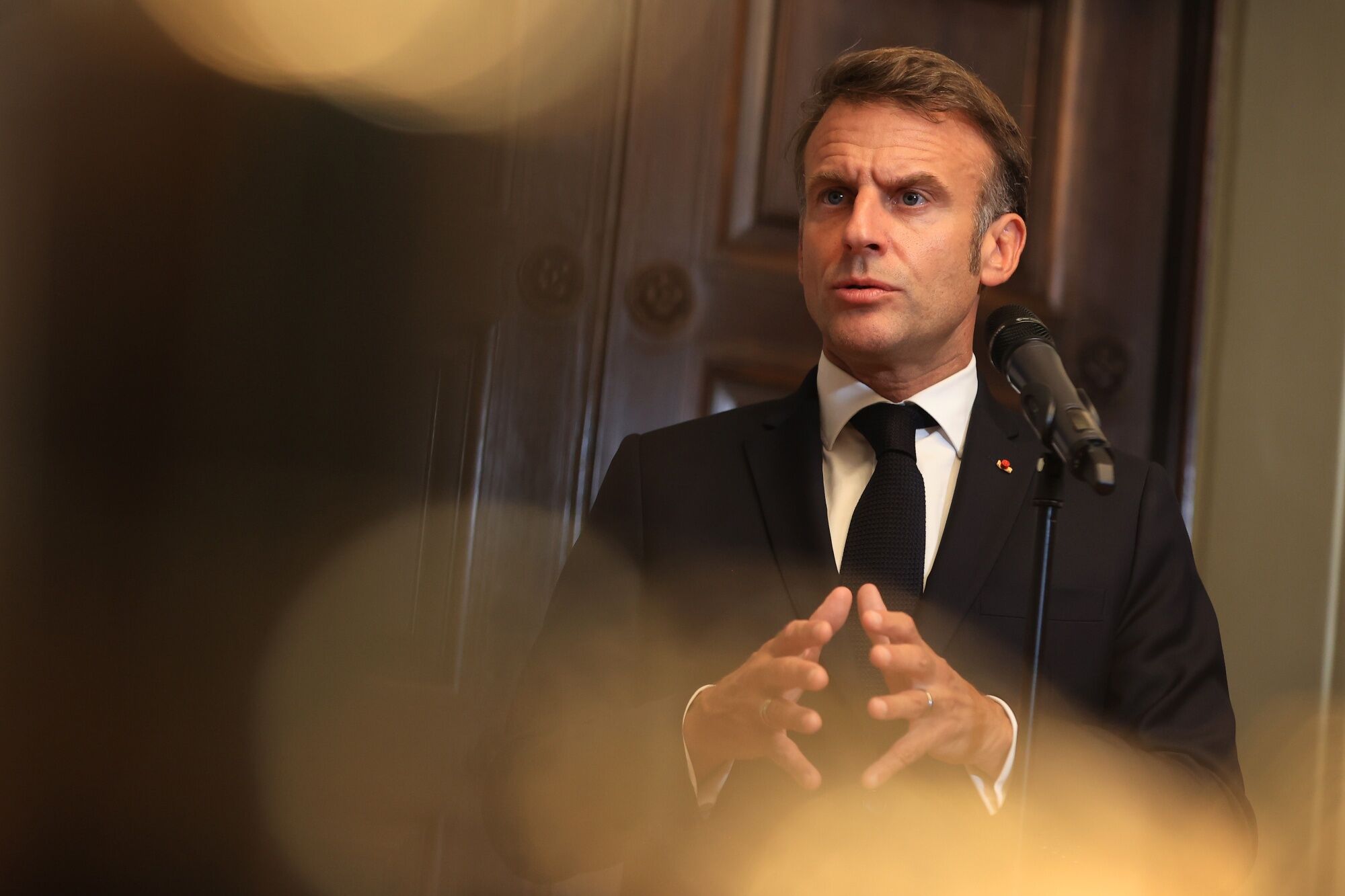Hace una década, Alemania tomó una decisión sin precedentes que cambiaría su escenario social y político en los años siguientes. En 2015, en el apogeo de la crisis migratoria europea, el país acogió a cerca de un millón de refugiados, la mayoría huyendo de la guerra y la inestabilidad en Siria, Irak y Afganistán. Fue una acción que capturó la atención mundial, generando tanto elogios por su liderazgo humanitario como intensos debates sobre sus implicaciones a largo plazo.
Today, ten years on, Germany represents an example of how significant migration can change a country. The decision led to major changes in population makeup, job markets, governance, and cultural self-perception. Although the integration journey has experienced both achievements and obstacles, the situation still influences national discussions concerning migration, safety, and Europe’s future.
The choice that transformed contemporary Germany
When the then-Chancellor Angela Merkel announced “Wir schaffen das” — “We can do this” — in reply to the refugee surge, it signified one of the most daring policy declarations in German history. Merkel’s administration chose a welcoming stance while several countries were shutting down their frontiers. Trains carrying weary families reached Munich and other urban areas, met by volunteers providing meals, drinks, and housing.
Germany received global acknowledgment for its humanitarian action, yet it simultaneously encountered considerable difficulties. Local governments were under intense strain to deliver housing, medical services, and educational opportunities to hundreds of thousands of new arrivals. The nation needed to swiftly adjust, rolling out extensive integration initiatives focused on language learning, employment opportunities, and cultural acclimatization.
Economic impact and workforce transformation
One of the most debated questions at the time was whether Germany could absorb such a large number of people without straining its economy. A decade later, the answer is nuanced but largely positive. While integration into the labor market was slow initially, especially for those with limited education or professional experience, many refugees have since found employment in sectors facing labor shortages.
Germany’s demographic trends, characterized by an aging populace and decreasing birth rates, have rendered immigration essential for maintaining economic expansion. Refugees have helped occupy positions in sectors like manufacturing, logistics, and healthcare. Economic research indicates that the initial expenses related to resettlement initiatives have been somewhat balanced by the tax payments from refugees who have joined the workforce.
However, disparities remain. While some highly skilled individuals successfully transitioned into specialized fields, others continue to face barriers related to language, recognition of foreign qualifications, and discrimination in hiring practices. Policymakers emphasize that continued investment in education and vocational training is essential to fully harness the economic potential of this population.
Integration of cultures and social dynamics
The arrival of refugees has also introduced substantial cultural transformations. A decade ago, the communities were mainly uniform, but now show greater diversity, with impacts from the Middle East and Africa apparent in local shops, educational institutions, and residential areas. This cultural change has added depth to Germany’s social structure, though it has also ignited discussions regarding identity, values, and integration.
Programs promoting cultural exchange and community engagement have played a key role in fostering cohesion, yet tensions have emerged in some areas. Concerns about housing shortages, competition for social services, and isolated incidents of crime have fueled populist narratives that blame immigration for societal challenges. These sentiments have contributed to the rise of far-right movements and parties that advocate for stricter immigration policies.
Although there are these conflicts, research shows that the views of the German public regarding immigration are more moderate compared to several other countries in Europe. A notable segment of the community acknowledges the humanitarian need to offer asylum, even as they voice worries about assimilation and safety.
Political consequences and policy evolution
The choice to welcome one million refugees marked a pivotal moment in German political history. It strengthened the backing of humanitarian principles among progressive groups, yet also fueled the rise of populist and nationalist factions. The Alternative for Germany (AfD), a right-wing political party, leveraged anti-immigration feelings to secure parliamentary seats, altering the political scene and compelling major parties to make migration a key topic in elections.
Over the past decade, Germany has refined its asylum and immigration policies, balancing humanitarian obligations with stricter border controls and agreements with other countries to manage migration flows. Recent legislation emphasizes integration through language courses, job training, and civic education, aiming to reduce dependence on social welfare and promote self-sufficiency among newcomers.
Effect on schooling and social life
Schools throughout Germany have undergone significant transformations as classrooms have become more linguistically and culturally varied. Educators modified curricula to assist students with limited German language skills, and local authorities invested in extra resources for language education.
This shift presented challenges but also opportunities. Many educators report that increased diversity has enriched classroom discussions and fostered global awareness among German students. Community initiatives, including mentorship programs and intercultural events, have played an important role in bridging gaps between locals and newcomers.
Lessons from a decade of migration
As Germany reflects on the past ten years, experts point to several key lessons. First, large-scale migration requires not only logistical preparedness but also sustained political commitment and societal support. Second, integration is a long-term process that goes beyond employment — it encompasses cultural adaptation, social inclusion, and equal opportunity.
Ultimately, Germany’s journey highlights the advantages and intricacies of immigration in a connected world. Although the nation has encountered significant challenges, it has also achieved economic robustness and cultural richness. For numerous refugees, Germany represents a land of security and chances, whereas for Germany, this journey has both tested and confirmed its position as a forerunner in humanitarian policy.
As new migration pressures emerge globally, Germany’s journey offers valuable insights into how nations can navigate the delicate balance between compassion and practicality. The next decade will determine whether the foundations laid over the past ten years will lead to deeper integration and social cohesion, or whether unresolved tensions will continue to shape political and cultural debates.




